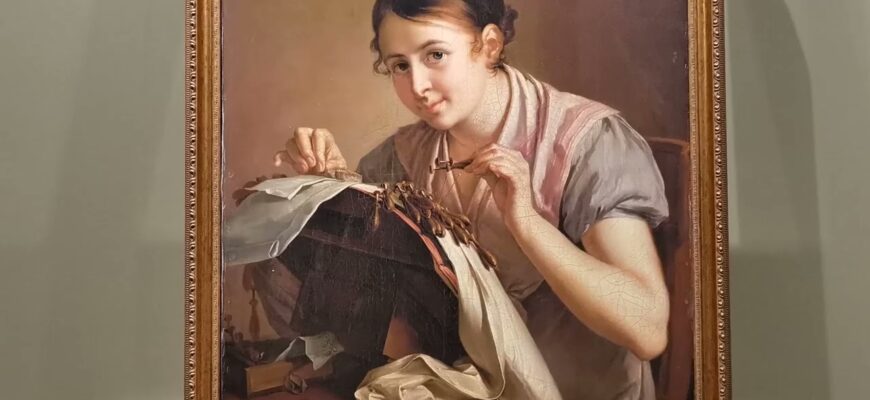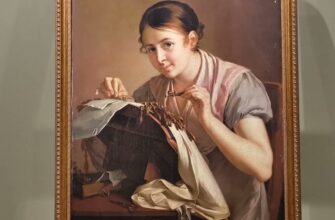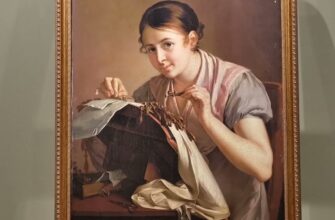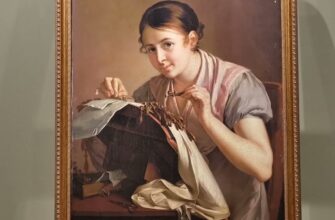For years, the V.A. Tropinin Museum in Moscow has been affectionately, if somewhat narrowly, perceived as a sanctuary primarily dedicated to the masterful portraits of its namesake. But a captivating new exhibition, “From Portrait to Lorgnette,” is challenging this long-held notion with a gentle, yet firm, nudge. It’s an immersive journey designed to unveil the astonishing breadth and depth of the museum`s meticulously preserved collection, proving that its true identity extends far beyond canvas and brushstrokes.
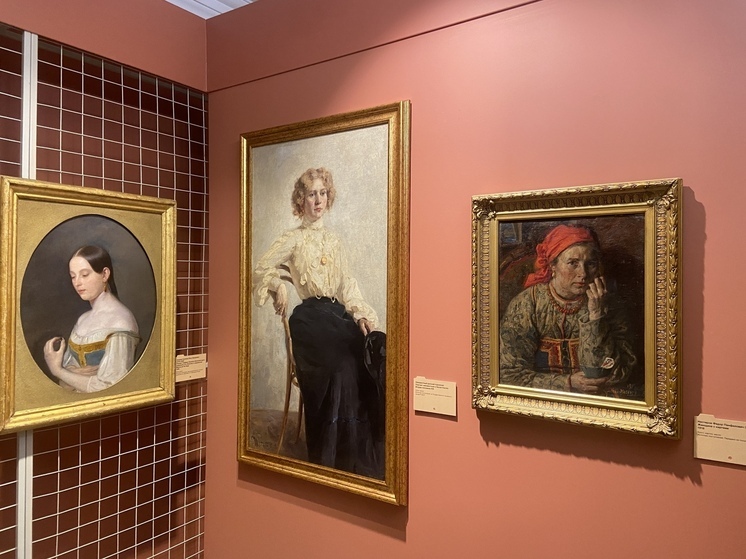
A Museum`s True Identity Unveiled
Initially conceived as a repository not just for Tropinin`s works but for a wider array of Moscow painters, and indeed, European masters spanning beyond the 19th century, the museum`s original vision was always grander. What began in the 1970s with a modest collection of around 300 items has blossomed tenfold, now boasting over 3,000 treasures. Director Anna Popova aptly describes “From Portrait to Lorgnette” as “a key to the riches” – a deliberate effort to “refute the stereotype… to show the diversity of our collection, so visitors can truly understand what the Tropinin Museum represents.”
A Journey Through Art and History
The journey, naturally, commences with the compelling world of portraiture, a nod to Tropinin`s legacy as a premier Moscow portraitist. Yet, the exhibition quickly expands its horizons to include works by 17th-century Dutch artists, alongside celebrated Russian masters like Rokotov, and even intriguing pieces by unidentified artists that demand closer inspection. Here, one discovers not just the `best of,` but a thoughtfully curated selection showcasing the collection’s multifaceted nature.
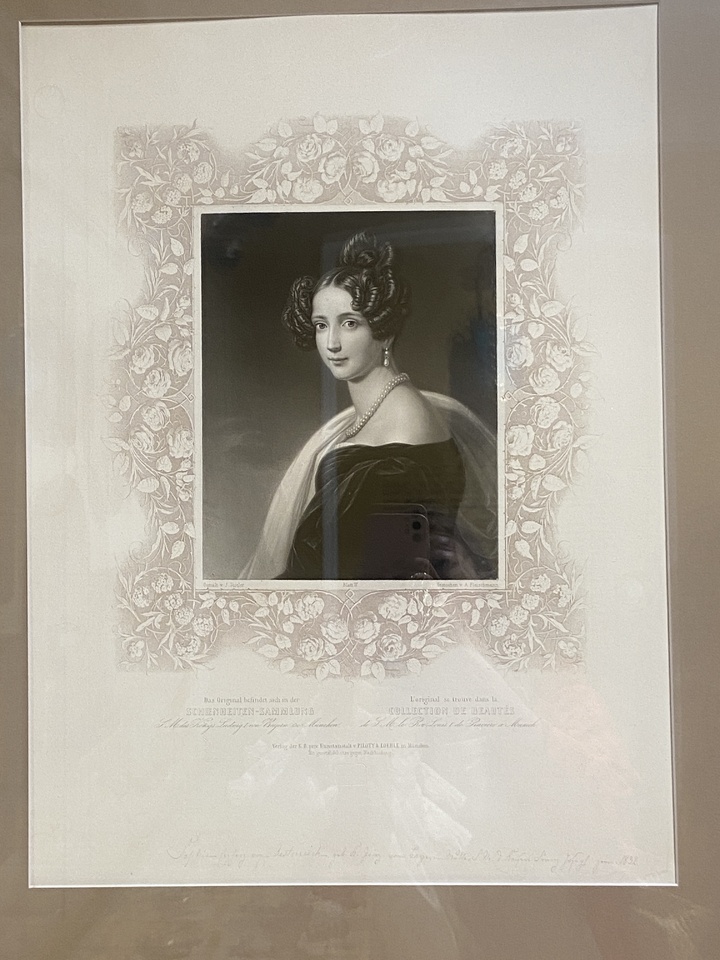
A particularly poignant segment features three captivating female portraits. The “Portrait of an Unknown Woman in a White Blouse,” attributed potentially to a student of Repin, stands near Fyodor Nesterov`s “Woman with Cards.” Both have been rarely seen by Moscow audiences. The deeply moving “Portrait of Glafira Volkova” by Pyotr Zakharov-Chechenets, newly restored, tells a tragic tale of unfulfilled love. The ring held by the subject is no mere accessory; it`s a silent symbol of the young artist`s earnest intentions, tragically cut short by illness.
Adding another layer of intrigue, the exhibition isn`t static. Labelled a “transformer exhibition,” a significant portion of the portraits and graphic works will be periodically rotated every four months, ensuring fresh discoveries with each visit.
Beyond the Canvas: Decorative Arts and Hidden Gems
Stepping away from the canvases, visitors are invited into a realm of exquisite decorative arts. The display of furniture masterpieces alone is a showstopper, particularly an intricately embroidered fireplace screen – a testament to bygone craftsmanship. Elegant vases, initially appearing purely ornamental, reveal their hidden utility as `aroma diffusers` or incense burners of the past, proving that beauty and function were once inseparable. The collection extends to diverse porcelain figurines, charming inkstands, precise mantel clocks, delicate candlesticks, and even the quaint bells used to summon servants – each item a miniature chronicle of daily life and aesthetic preferences.
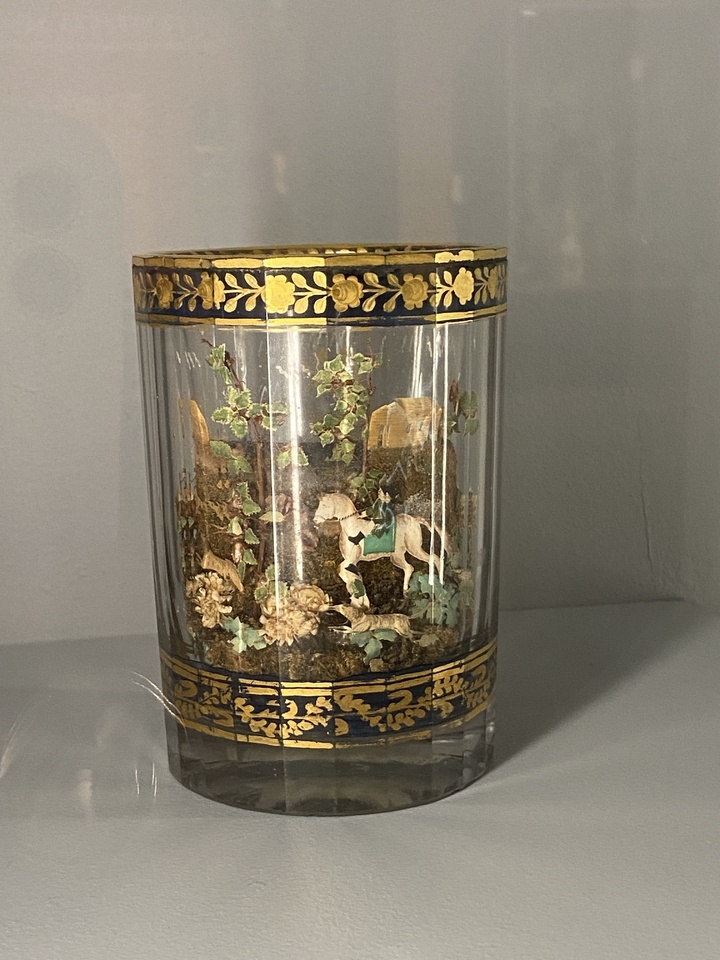
The next hall broadens the scope further with a captivating selection of graphic works. A standout is the “Portrait of Princess Sophia” by Andreas Fleischmann, part of a rare series of 38 engravings depicting King Ludwig I of Bavaria`s handpicked “Gallery of Beauties” from Nymphenburg Palace. These women were chosen not just for their striking looks, but for their virtues – a rather high standard, even for royalty. The Tropinin Museum proudly houses all 38 of these fascinating historical documents.
This section also dazzles with a kaleidoscope of decorative objects: fine porcelain, intricately decorated Easter eggs, elegant caskets, `carnet de bal` (the essential dance cards of yesteryear), lorgnettes, binoculars, and an assortment of antique pipes, each whispering tales of their past owners.
The final gallery presents a breathtaking display of embroidered artworks crafted from threads and beads, alongside a captivating array of miniatures. Silhouettes and incredibly detailed micromosaics – tiny portraits of figures like Peter the Great or minute animals, all meticulously assembled from minuscule pieces of smalt rather than painted – challenge the viewer`s perception.
The Unsolvable Mystery
Perhaps the most beguiling exhibit is Alexander Vershinin`s “Mysterious Glass,” a double-walled vessel. Within its glass confines, a vivid scene of a dog hunt is depicted using natural materials like moss and dried flowers. How Vershinin managed to seal the glass without incinerating the delicate organic elements remains an enduring enigma. It`s a secret the artist took to his grave, a testament to an ingenious technique that continues to baffle experts and delight visitors alike.
A Must-Visit Cultural Experience
The “From Portrait to Lorgnette” exhibition is more than just a display of artifacts; it`s an invitation to rediscover the Tropinin Museum. It’s a compelling narrative woven through art, history, and craftsmanship, urging visitors to look closer and appreciate the immense historical and artistic value housed within its walls. A visit is highly recommended for anyone seeking to delve deeper into Moscow`s cultural heritage and appreciate the true richness of its hidden artistic treasures.

